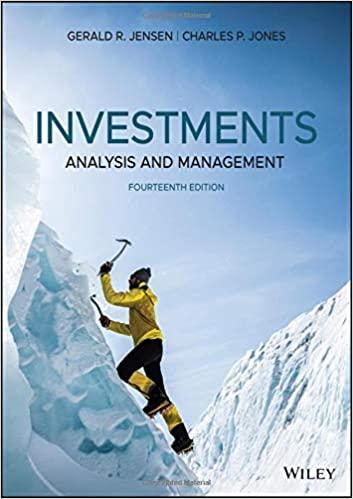Comprehensive Problem 9-79 (LO 9-1, LO 9-2, LO 9-3, LO 9-4) (Algo) Joe operates a business that locates and purchases specialized assets for clients, among other activities. Joe uses the accrual method of accounting, but he doesn't keep any significant inventories of the specialized assets that he sells. Joe reported the following financial information for his business activities during this year. Determine the effect of each of the following transactions on the taxable business income. (For all the transactions, select "No Effect" from the dropdown if no change in the taxable business income.) Required: a. Joe has signed a contract to sell gadgets to the city. The contract provides that sales of gadgets are dependent upon a test sample of gadgets operating successfully. In December of this year, Joe delivers $12,550 worth of gadgets to the city that will be tested in March of next year. Joe purchased the gadgets especially for this contract and paid $9,050. b. Joe paid $235 in July of this year to entertain a visiting out-of-town client. The client didn't discuss business with Joe during this visit, but Joe wants to maintain good relations to encourage additional business next year. c. On November 1 of this year, Joe paid $510 for premiums providing for $51,000 of "key man" insurance on the life of Joe's accountant over the next 12 months. d. At the end of this year, Joe's business reports $10,650 of accounts receivable. Based upon past experience, Joe believes that at least $2,330 of his new receivables will be uncollectible, e. In December of this year, Joe rented equipment to complete a large job. Joe paid $4,650 in December because the rental agency required a minimum rental of three months ($1,550 per month). Joe completed the job before year-end, but he returned the equipment at the end of the lease. f. Joe hired a new sales representative as an employee and sent her to Dallas for a week to contact prospective out-of-state clients. Joe ended up reimbursing his employee $410 for airfare, $460 for lodging, and $360 for meals (Joe provided adequate documentation to substantiate the business purpose for the meals). Joe requires the employee to account for all expenditures in order to be reimbursed. g. Joe uses his BMW (a personal auto) to travel to and from his residence to his factory. However, he switches to a business vehicle if he needs to travel after he reaches the factory. In September of this year, the business vehicle broke down and he was forced to use the BMW both to travel to and from the factory and to visit work sites. He drove 175 miles visiting work sites and 68 miles driving to and from the factory from his home. Joe uses the standard mileage rate to determine his auto-related business expenses. h. In naid a visit to his arente in Dallas nuor the Christmas holirave thie vaar While he was in the ritu Ine enent $10 to attend a Che at the end of the lease. f. Joe hired a new sales representative as an employee and sent her to Dallas for a week to contact prospective out-of-state clients. Joe ended up reimbursing his employee $410 for airfare, $460 for lodging, and $360 for meals (Joe provided adequate documentation to substantiate the business purpose for the meals). Joe requires the employee to account for all expenditures in order to be reimbursed. g. Joe uses his BMW (a personal auto) to travel to and from his residence to his factory. However, he switches to a business vehicle if he needs to travel after he reaches the factory. In September of this year, the business vehicle broke down and he was forced to use the BMW both to travel to and from the factory and to visit work sites. He drove 175 miles visiting work sites and 68 miles driving to and from the factory from his home. Joe uses the standard mileage rate to determine his auto-related business expenses. h. Joe paid a visit to his parents in Dallas over the Christmas holidays this year. While he was in the city, Joe spent $105 to attend a half-day business symposium. Joe paid $310 for airfare, $94 for meals during the symposium, and $53 on cab fare to the symposium. (For part , round your answer to whole number. Use standard mileage rate.) 8 b. d e. 1 9 h








